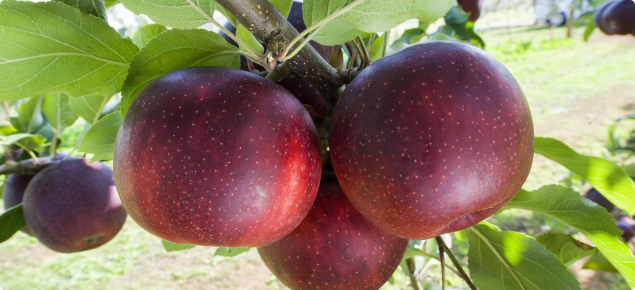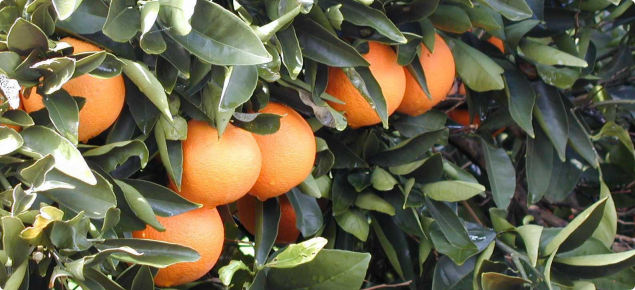The selection of host plants by Medfly is closely related to their reproductive behaviour. Males choose newly ripening fruit as mating areas and females will prefer ripening fruit with soft skin where they can lay their eggs. Female Medfly will infest less preferred hosts (such as Indian sandalwood or olives) when fruit fly population is high.
Host plants provide the nutrients required by the Medfly to complete development from eggs to adult and provide shelter during summer and winter.
Medfly abundance and level of infestation (in a particular area) is related to the range and ripeness of hosts and the time these fruits are available:
- Several different hosts with different fruiting seasons will sustain Medfly all year round.
- Affected fruit varieties will depend on species present in a particular location.
Medfly may shelter in other plants including ornamentals found in or around your property.
If you have any host plants in your garden, hobby farm or plantation, please implement a Medfly control program that also includes setting up traps in non host plants.
List of known host plants in Western Australia
In Western Australia the most commonly infested fruit include apricots, nectarines, peaches, mangoes, persimmons, apples, pears and mandarins.
| High susceptibility | |||
| Apricots | Mango | Peach | Orange |
| Plum | Mandarin | Nectarine | Pear |
| Fig | Guava | Loquat | Grape |
| Medium susceptibility | |||
| Apple | Bell or wax apple | Tomatoe (over ripe) | Papaya, paw paw |
| Cherry | Grapefruit | Quince | Star fruit, carambola |
| Low susceptibility | |||
| Lemon (certain varieties) | Lime | Olive | Custard apple |
| Avocado (certain varieties) | soursop | Prickly Pear | Curry tree |
| Ducass banana | Indian sandalwood |
|
|
If you suspect your plants are stung by or infected with Medfly or any other fruit fly, please report them to us:
| MyPestGuide™ Reporter via app or online mypestguide.agric.wa.gov.au | Pest and Disease Information Service (08) 9368 3080 padis@dpird.wa.gov.au |




